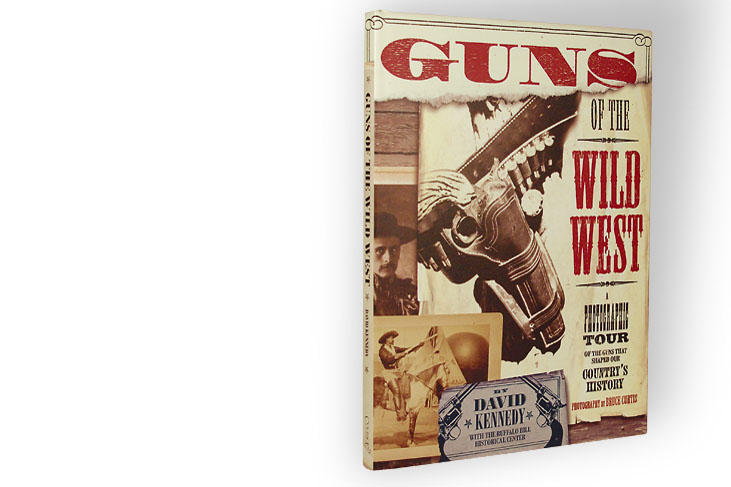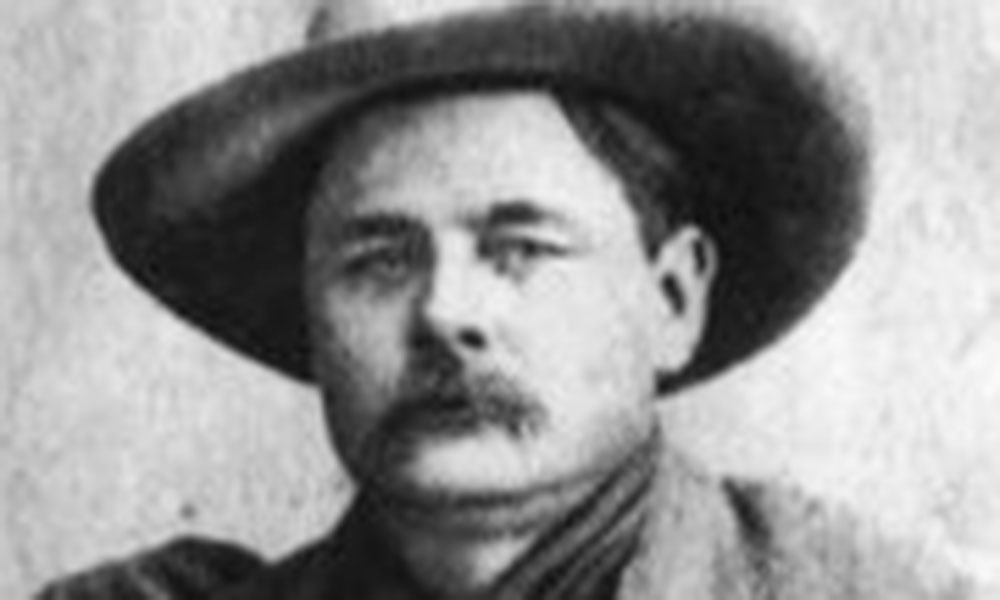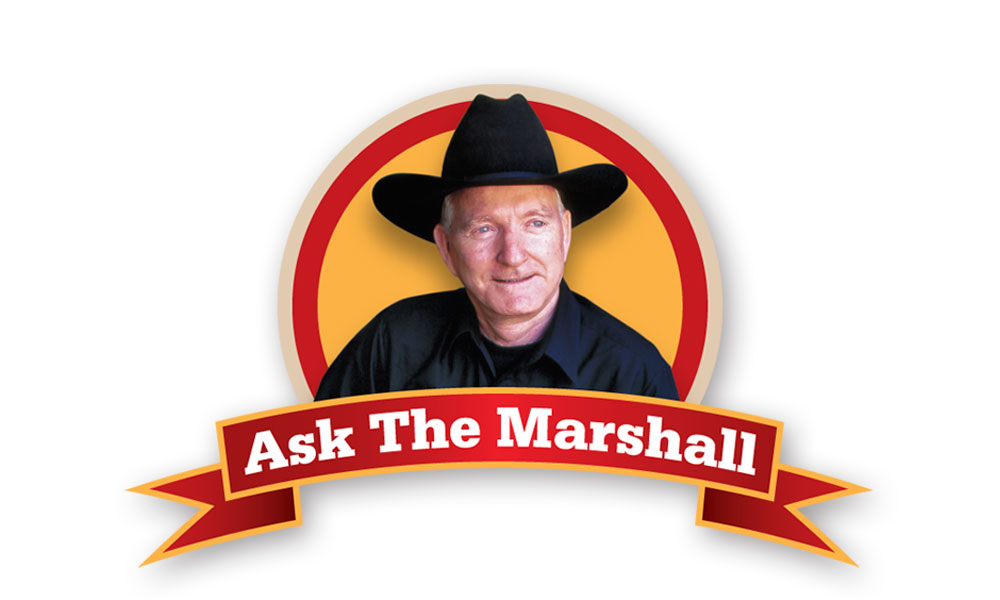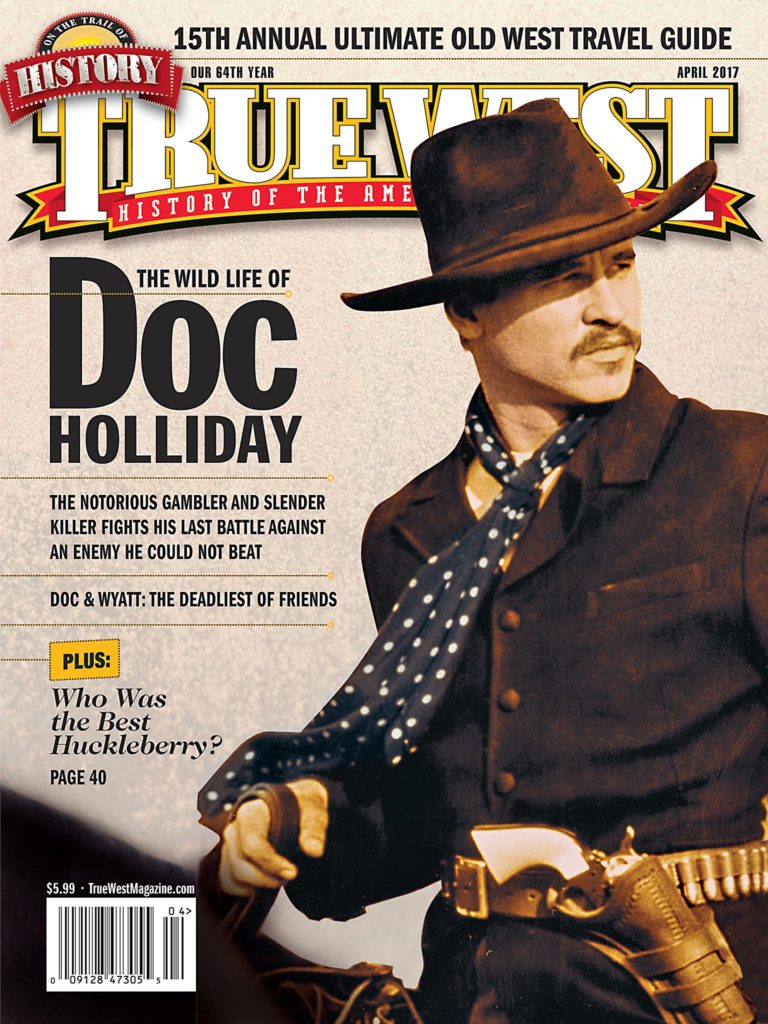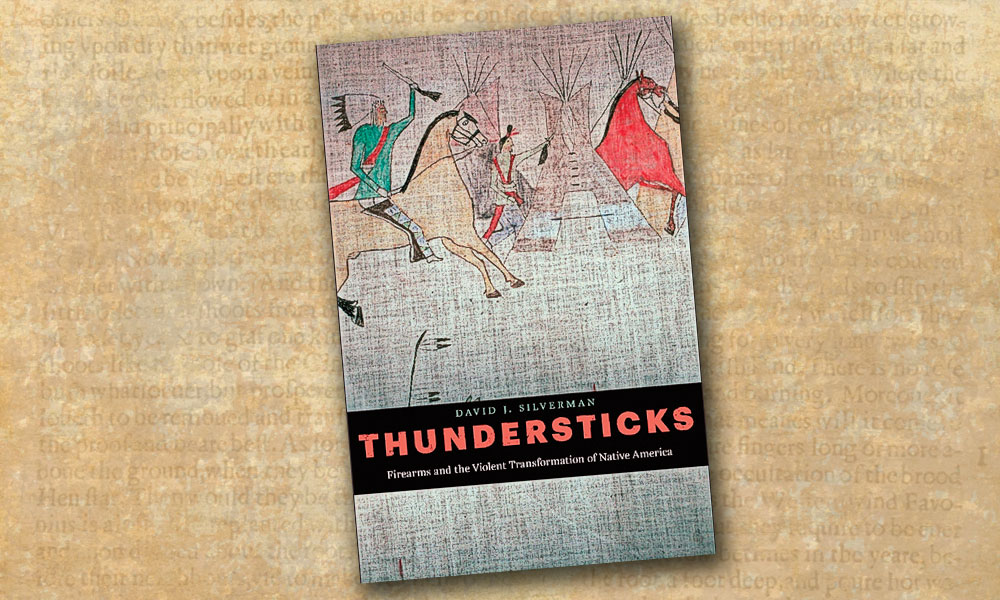
In his scholarly study, Thundersticks: Firearms and the Violent Transformation of Native America (The Belknap Press of Harvard University Press, $29.95), author David J. Silverman shows how firearms played a major role in the lives of North American indigenous people from the time they were first introduced to the end of the Indian Wars of the 19th century—and again during the 1973 South Dakota uprising of AIM (American Indian Movement). Reflecting the might firearms offered and associating guns with the most fearsome natural elements, Natives gave them names like “Thunderbolt” or “Thunderstick.” Showing that although firearms indeed became symbols of Indian manhood, rather than coveting them primarily for any supposed mystical power, they were prized more for their practical value in hunting and warfare. In its 371 pages, Silverman’s book also delves into the brisk trade in arms between Indians and whites, as well as how guns were so important to Native people in their struggle to defend their way of life.
—Phil Spangenberger, Firearms Editor of True West magazine


